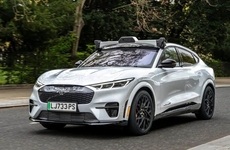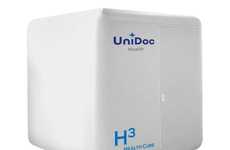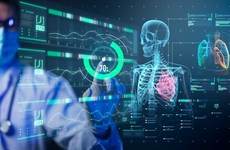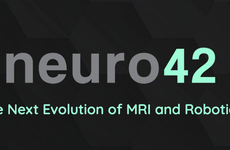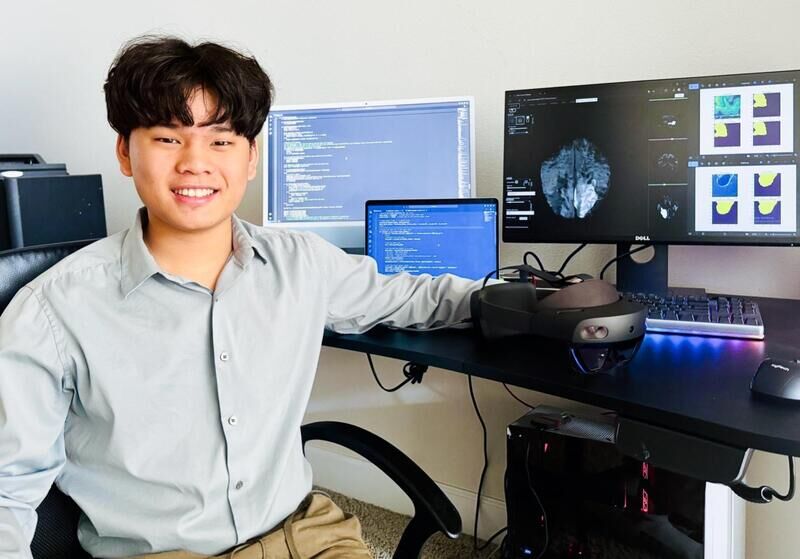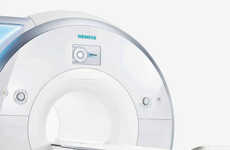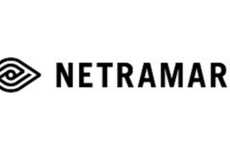
Andrew Zhou's 3D U-Net Model is Promising
References: globenewswire
Andrew Zhou's 3D U-Net model presents a significant advancement in brain metastasis segmentation and preoperative surgical planning. By leveraging machine learning, the model achieves precise tumor boundary delineation and offers an improvement over current methods. Its integration with HoloLens technology is a noteworthy feature, as it allows for the creation of interactive 3D models from segmented MRI data and enhances surgeons' ability to visualize brain tumors in augmented reality. This could improve preoperative planning, leading to better surgical precision and potentially better patient outcomes.
Consumers, particularly within the medical and technological sectors, would be drawn to Andrew Zhou's innovation for its potential to improve surgical outcomes and reduce risks associated with brain tumor surgeries. The integration of AI with augmented reality represents a transformative approach, not just for tumor segmentation, but for a broader range of medical applications.
Image Credit: Andrew Zhou
Consumers, particularly within the medical and technological sectors, would be drawn to Andrew Zhou's innovation for its potential to improve surgical outcomes and reduce risks associated with brain tumor surgeries. The integration of AI with augmented reality represents a transformative approach, not just for tumor segmentation, but for a broader range of medical applications.
Image Credit: Andrew Zhou
Trend Themes
1. Augmented Reality Surgical Visualization - Surgeons can now utilize augmented reality to visualize intricate 3D models derived from MRI data, leading to enhanced precision in preoperative planning.
2. AI-driven Tumor Segmentation - Machine learning models provide more accurate tumor boundary delineation compared to traditional methods, facilitating improved diagnosis and treatment planning.
3. Interactive 3D Medical Imaging - The development of interactive 3D models from segmented MRI data represents a leap forward in medical imaging, enabling more effective and immersive clinical insights.
Industry Implications
1. Healthcare Technology - Advancements in machine learning and augmented reality are revolutionizing diagnostic and surgical tools used in hospitals and clinics.
2. Medical Imaging - The integration of AI with imaging technologies has the potential to vastly improve the accuracy and usability of diagnostic imaging.
3. Surgical Tools and Planning - Innovations such as the 3D U-Net model are setting new standards for preoperative planning, offering greater precision in surgical procedures.
6.6
Score
Popularity
Activity
Freshness


